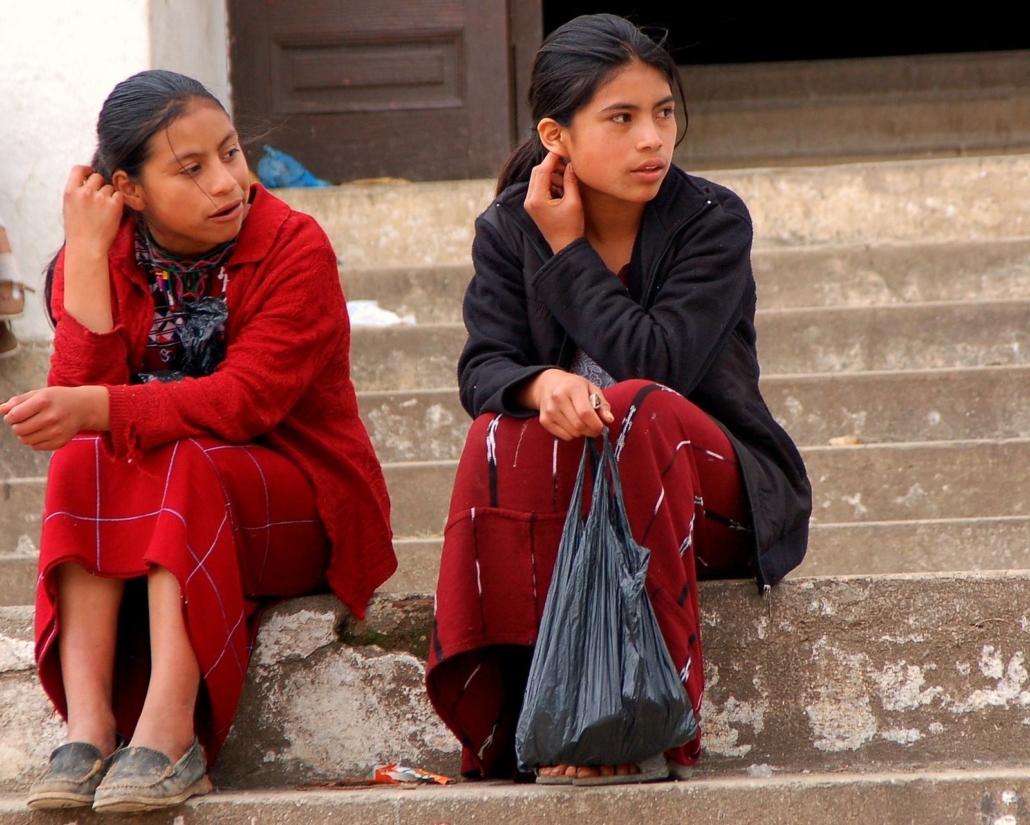
The United Nations put the Sustainable Development Goals (SDGs) in motion in September 2015. World leaders put the SDGs into place to reach worldwide financial equality while protecting the world’s environment. To reach this globally beneficial achievement, the United Nations created 17 goals for every country, poor and rich, to focus on transforming the world into a healthier, safer and prosperous place. Guatemala has joined its fellow countries in the United Nations to try and meet the requirements for goals one to 17. Here is some information on what Sustainable Development Goal 1 is along with updates on SDG 1 in Guatemala.
About SDG 1
SDG 1 is for no poverty and to end poverty by 2030. While this may seem like an outrageous goal with limited hope of success, past records show that it is very possible. In fact, 1.9 billion people lived in extreme poverty in 1990, but 25 years later in 2015, that number was less than half of what it had been. In the span of 25 years, more than a billion people are not living in extreme poverty anymore.
Poverty in Guatemala
Approximately 60% of Guatemalan people live in poverty and that number is even higher for indigenous people. Additionally, more than half of Guatemala’s population living in poverty and 95% of employed people are unable to make enough money to meet their family’s basic needs.
Mayan Families
The World Bank and COVID-19
Guatemala still has significant challenges to overcome, but the U.N.’s index shows moderate progress in reaching SDG 1 of no poverty. The COVID-19 pandemic has made it more difficult to achieve SDG 1 in Guatemala because the country has been directing money towards preventing an outbreak instead. However, thanks to institutions like the World Bank, Guatemala and countries alike are receiving the financial support they need to deal with the worldwide pandemic.
Some of the indicator targets include 16 laboratories with COVID-19 equipment, 10 health care facilities with isolation capacity, 5,000 health staff trained in infection prevention and 22 hospitals that received equipment for COVID-19 response services. With this loan from the World Bank helping Guatemala control the coronavirus pandemic, Guatemala should be able to return its focus to the SDGs.
Guatemala is still currently off-track to reach SDG 1 according to the World Poverty Clock. However, with the loan from the World Bank and organizations like Mayan Families, Guatemala is receiving the help it needs to grow its economy and make it possible to reach SDG 1 of no poverty.

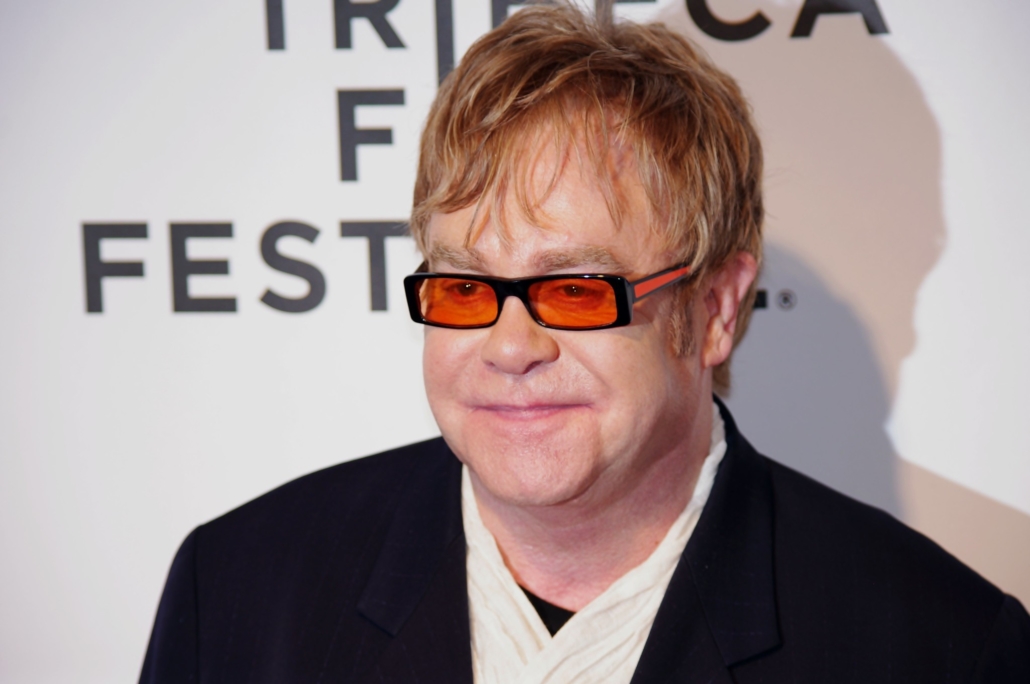
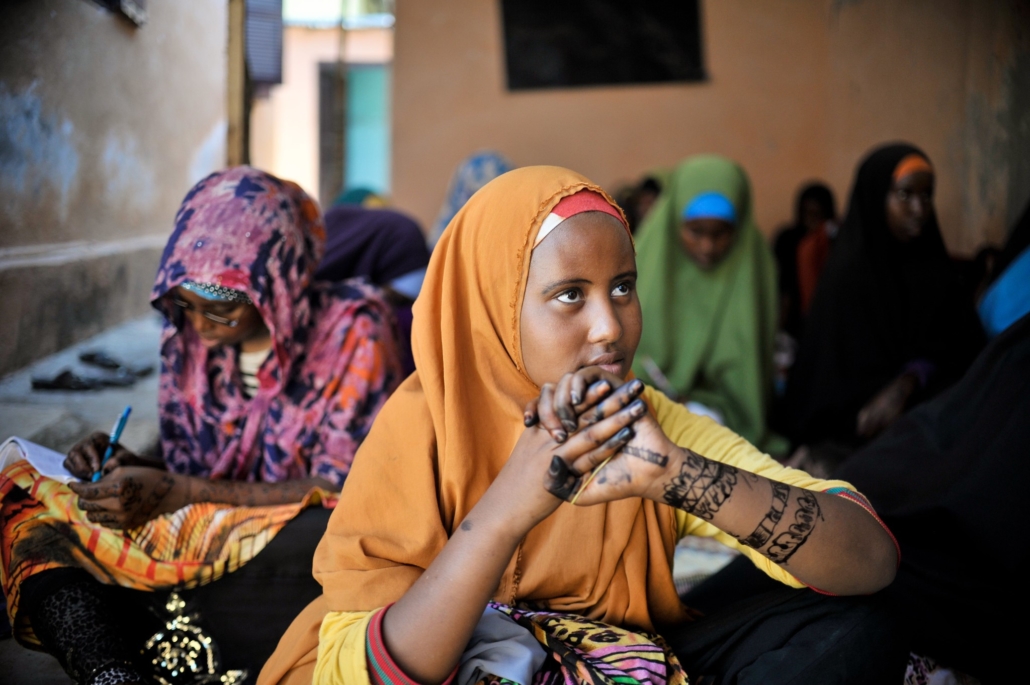



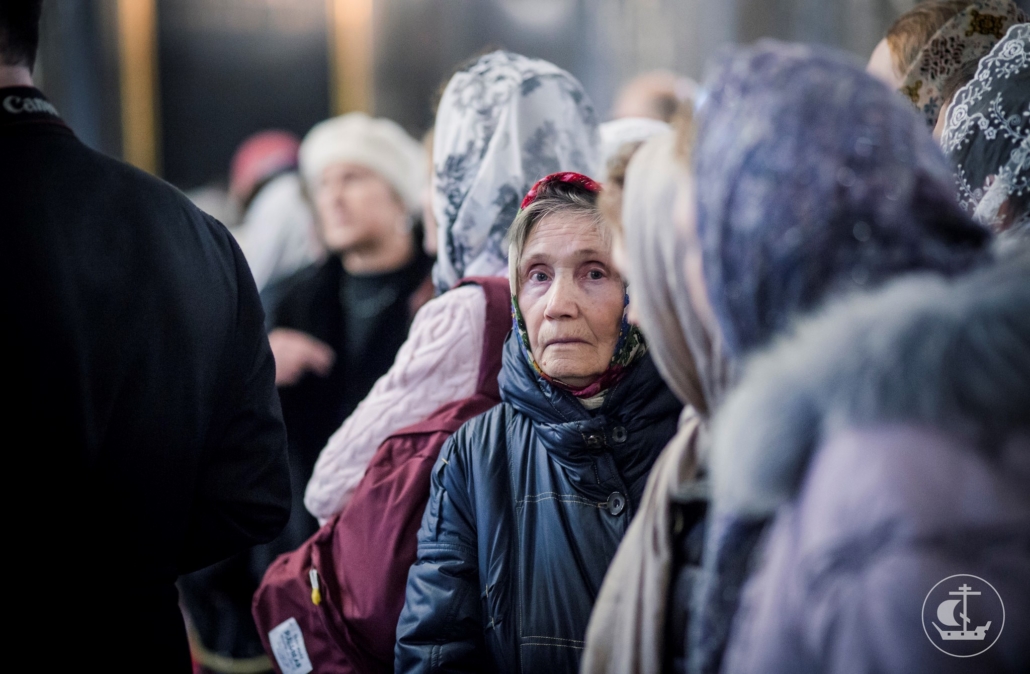

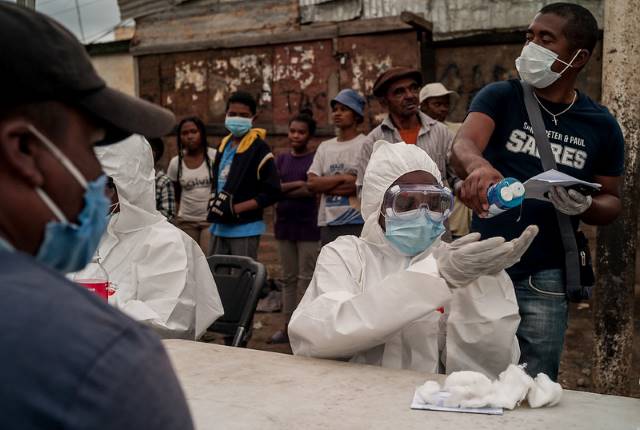 In 2021, COVID-19 is still rampaging across the globe, and despite efforts from the wealthiest nations, it has yet to drop down to non-pandemic status. Africa, a continent with a population of more than one billion, has reported
In 2021, COVID-19 is still rampaging across the globe, and despite efforts from the wealthiest nations, it has yet to drop down to non-pandemic status. Africa, a continent with a population of more than one billion, has reported  Senegal’s economy is one of the fastest-growing in Africa, with a growth rate of more than
Senegal’s economy is one of the fastest-growing in Africa, with a growth rate of more than